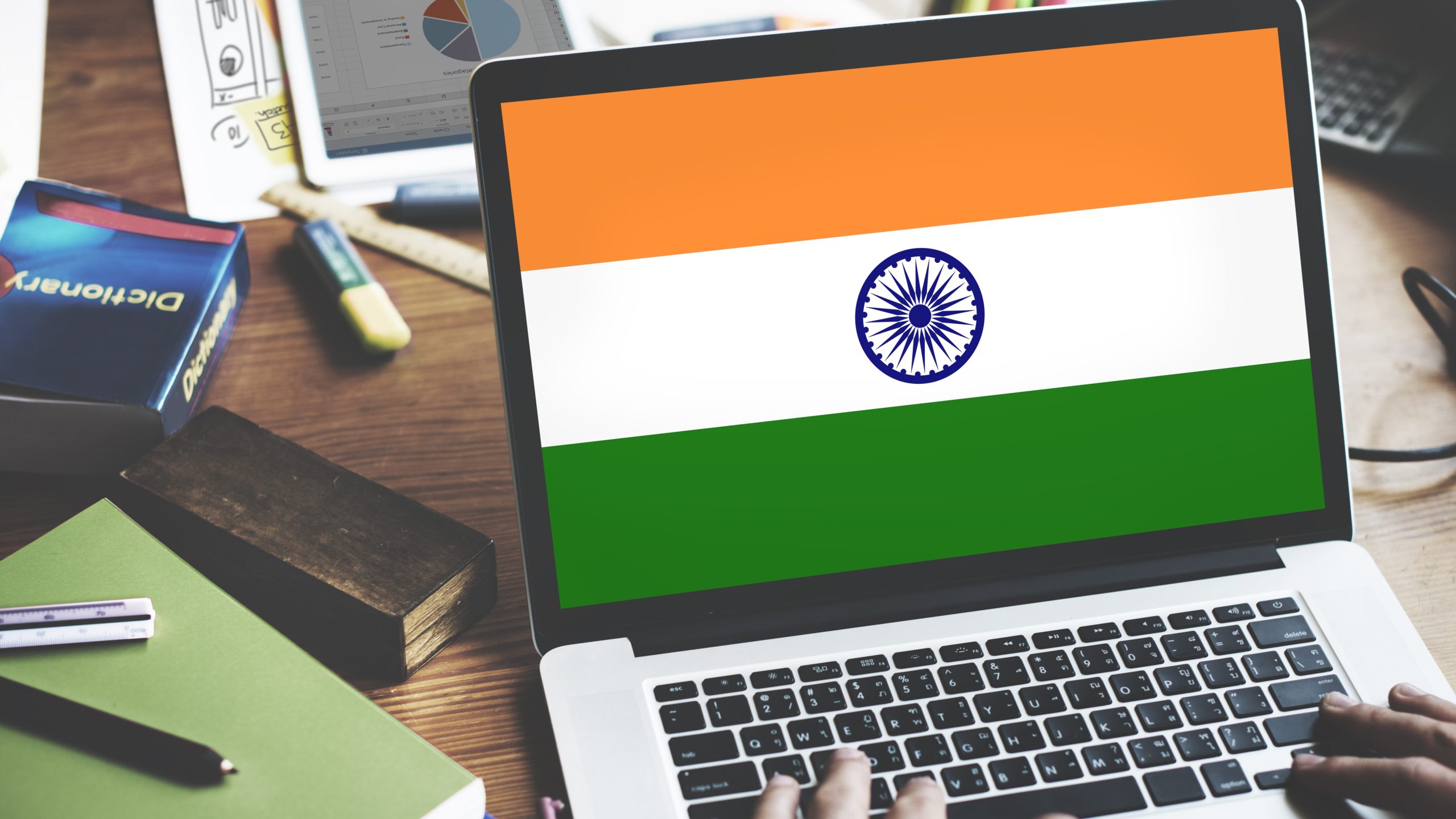- ChatGPT Go is now available in India
- The budget subscription, which costs less than $5/£5 could come to more countries soon
- Does ChatGPT Go mean the beginning of more paywalls to access AI?
OpenAI just launched a brand new budget subscription tier for ChatGPT, called Go.
ChatGPT Go is the first time the company has offered a subscription plan for less than ChatGPT Plus’ $20/£20 a month, providing an option for users who need more than the limited free option, yet don’t want to fork out the hefty fee for Plus.
With any new subscription, there’s lots of information to sink your teeth into, so we’ve pulled together the five biggest things you need to know about ChatGPT Go.
1. It’s only available in India (for now)

ChatGPT Go is currently only available in India. Wait, wait, before you stop reading, hear me out: OpenAI’s support page hints at the budget plan coming to other countries as well: “This subscription is initially available in India only. Other countries and regions may be eligible in the future.”
I suspect OpenAI is testing the waters before launching a budget plan in countries like Australia, the US, and the UK. In India, ChatGPT GO is priced at ₹399 a month ($4.60). Considering the Plus plan costs ₹1,999 (about $23) a month, we can suspect a similar price point should this plan ever make it to the West.
2. More, more, more
The main benefit of ChatGPT Go is higher rate limits, which, Head of ChatGPT, Nick Turley says, gives subscribers “more access to ChatGPT’s most popular features.”
These include 10x higher message limits, 10x more image generations, and 10x more file uploads.
We just launched ChatGPT Go in India, a new subscription tier that gives users in India more access to our most popular features: 10x higher message limits, 10x more image generations, 10x more file uploads, and 2x longer memory compared with our free tier. All for Rs. 399. 🇮🇳August 19, 2025
3. Better memory

In Turley’s announcement of ChatGPT Go’s arrival, he said the new subscription tier has “2x longer memory compared with the free tier”, which means those who pay the small fee will have a more reliable ChatGPT experience.
Memory in any chatbot is incredibly important, allowing you to reference past conversations and prompt the AI to remember things that are important.
Adding a longer memory is a big deal for those wanting to increase the ability of ChatGPT without spending a large amount of money on ChatGPT Plus.
4. No 4o access

ChatGPT Plus subscribers get access to legacy models such as the incredibly popular GPT-4o. ChatGPT Go subscribers, however, do not get access to the older AI models and are instead limited to GPT-5.
In my opinion, this is a faux pas from OpenAI, especially considering the backlash to the latest GPT-5 model and the clamouring from users to revert to 4o.
Limiting 4o to ChatGPT Plus and Pro subscribers is bad enough, but not including it in the budget-friendly ChatGPT Go tier feels like a misstep.
5. No Sora, no Gmail

GPT-4o isn’t the only thing missing from ChatGPT Go. In fact, ChatGPT Go subscribers will also not get access to OpenAI’s video generation tool Sora.
That’s not all, Go subscribers can’t access Connectors either, which means you won’t be able to use ChatGPT with popular apps such as Gmail or Google Calendar.
A sign of what’s to come?
ChatGPT Go might be region-locked at the moment, but I wouldn’t be surprised to see the budget subscription come to more countries in the very near future.
I really worry that this is the start of paywalling ChatGPT, even more so than it currently is. I’ve found that ChatGPT’s free tier is becoming increasingly limited, and by offering a middle ground like Go between the free option and Plus, OpenAI will be hoping more users are willing to pay to access AI.
You better believe that if ChatGPT Go is successful in India, then it will be available in bigger markets soon. That said, I’m not sure that’s a good thing.
